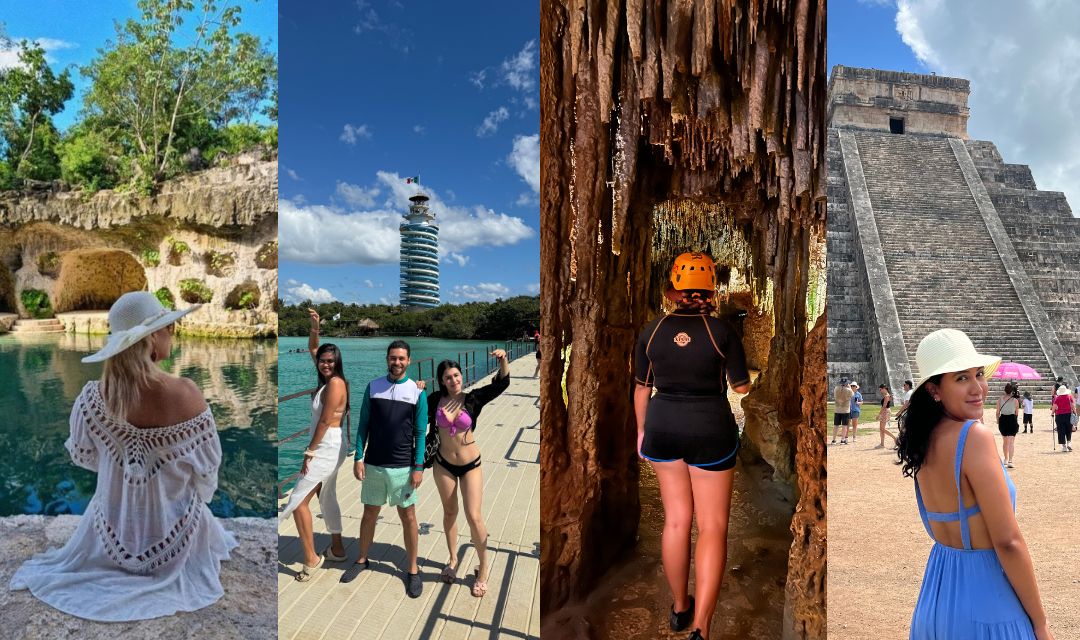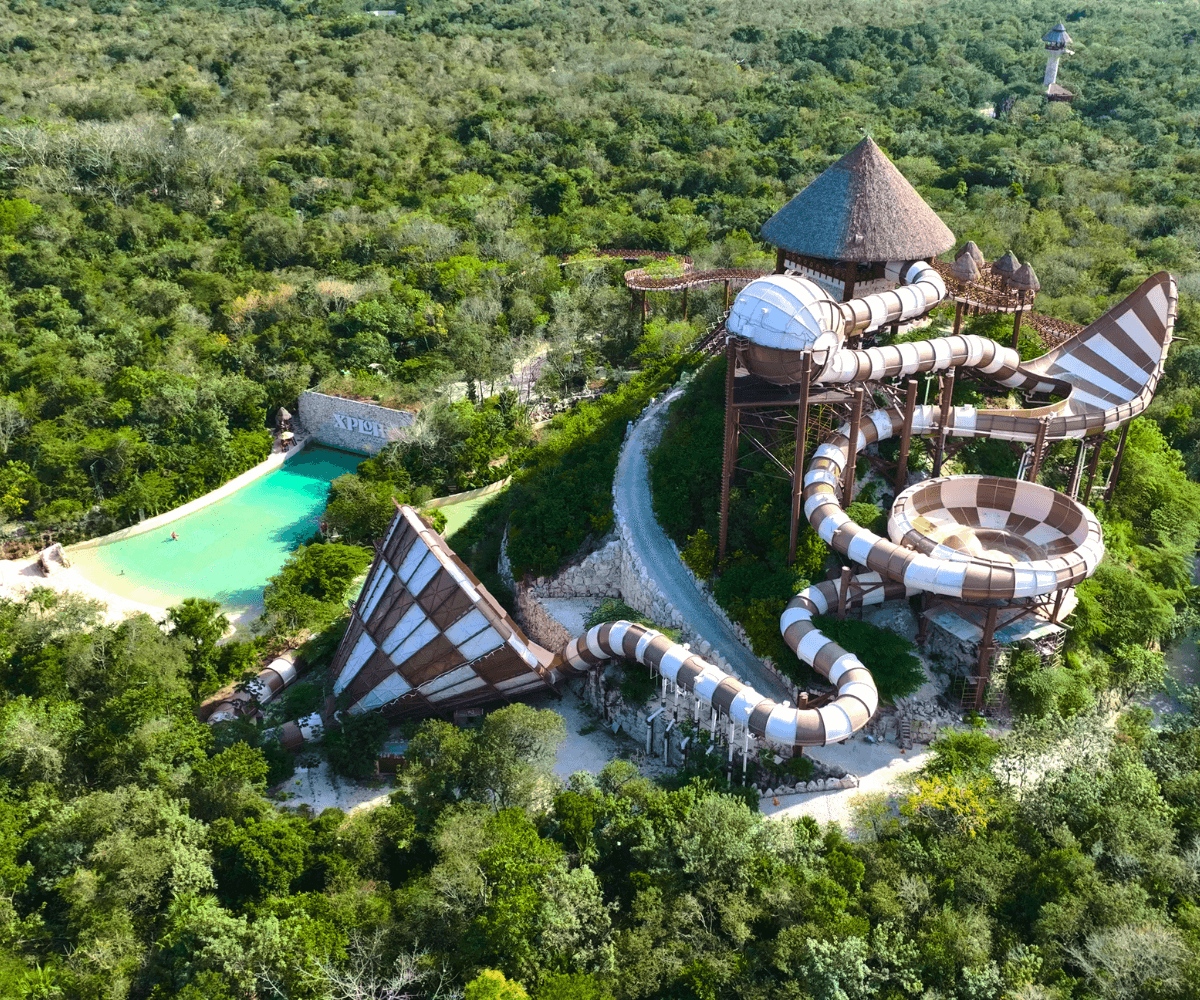
What is a cultural heritage and why should we take care of it?
July 05, 2021
Inheritance of the past
That we must preserve
Have you ever heard of the term “cultural heritage”? What’s behind all the places, buildings, traditions, and things that receive this mention? Well, in this post we will learn a little more about them and their importance in the modern world. Let’s take a look at why and how we must take care of them.

Cultural heritage. What does that mean?
By definition, we can say that cultural heritage is the legacy of a place, a culture, or a group of people that has been maintained and/or transmitted through time for several generations.
In 1971, UNESCO, during the Convention for the Protection of World Cultural and Natural Heritage, established that certain places and cultural expressions have exceptional value. And they should be considered the common heritage of humanity.
UNESCO is also in charge of identifying, studying, and taking care of them. Seeking their preservation so that future generations can admire them and be part of them.

How are cultural heritages selected?
To be considered as cultural or natural heritage for mankind, UNESCO considers the following requirements:
- Represents a landscape or an architectural ensemble that illustrates some stage of human or planet history.
- Clear example of a tradition, a human settlement or a culture.
- Directly associated with some natural or human event that has universal meaning.
- Represents a masterpiece created by the intellect of man.
- Represents an exchange of human values over a period of time or within a cultural area of the world.
- Unique or exceptional testimony of cultural tradition of an existing or disappeared civilization.
So far so good. A building like Kukulcán’s Castle in Chichén Itza is marked as cultural heritage. But, so is a sculpture and even some of your favorite Mexican dishes… then, how do they categorize them?
The different types of heritage
There may be many criteria to categorize cultural and natural heritages. However here we will try to make it a little easier.
They can be divided into two large groups: natural and cultural. Natural heritages are those in which nature is primarily responsible for their formation. They must have an aesthetic and scientific value of great importance for the environment. They can be natural reserves, parks, sanctuaries, etc.
About cultural heritages, we can tell that they are used as testimony or legacy of a culture or civilization. They are also culture’s inheritance and may be responsible for current customs.
Moreover, cultural heritage can be divided into tangible and intangible. Tangible goes for movable and immovable property. This part may be a little bit tricky. We will better explain it with this:

And now, why everyone must take care of them
Picture this next scene in your head: one day you prepare a new recipe with your favorite local ingredients. The dish becomes the staple in your family, then among your friends and neighbors. With time, this dish becomes a tradition for a certain important date. More and more people learn to prepare it and even variants of it begin to emerge.
However, as many years passed, no one was interested in writing down or documenting how this dish was prepared. So, fewer and fewer people knew how to do it. Finally, one day no one remembers how to prepare that original recipe. It sounds so sad. Right? A gastronomic invention is forever lost. No one will be able to enjoy it again!
.
The importance of taking care of our heritage is that they show part of our identity as a culture or even mankind. They help us understand our place in the world and differentiate ourselves. Cultural heritage is also a clear example of how man is capable of expressing all kinds of wisdom and emotions through art.
By the way, did you know that Mexican gastronomy is considered cultural heritage since 2010?
Follow this post to find your favorite restaurant: Guide to choosing where to eat at Xcaret

If we are talking about natural heritages, their preservation becomes more critical. Since they are places that were formed over thousands of years. There is no way to make a forest or a natural reserve overnight. Furthermore, these places are directly related to biodiversity and the balance of the entire planet!
The next time you have a chance to travel and visit a natural heritage, be aware of its value and importance for the local environment and people too. This will help us continue enjoying these astonishing places and natural landscapes.

And if it is cultural heritage you’re enjoying, always be respectful of the customs in the place you are traveling. Try to investigate before your visit. What may seem very strange to you, may be of great value to another. If you have the chance to visit museums, follow the rules, be careful and try to read everything you find in your path. You will see that it makes a lot of difference for you to understand the importance of all kinds of heritage.
Read more about cultural heritages here: Mexico’s Intangible Cultural Heritage that you will enjoy at Xcaret
How many cultural heritage do they have in your country? Which ones do you know?


Comments
We had a very interesting conversation with the art curator of Hotel Xcaret Arte about how creative expression can nurture the soul and promote personal growth.

Learn all about the annual Ibero-American Film Awards. If you're a movie fan, you've undoubtedly heard of the Premios Platino; if not, here's some context.

Three very safe ways to explore the Caribbean Sea: Ferry to Cozumel and Isla Mujeres, Snorkeling Tour, and Private Luxury Yacht ride.

Get to know the nighttime activities you can do at Xenses Insomnia in Playa del Carmen and tips to enjoy them to the fullest.

Discover essential packing tips for your unforgettable adventure at Xcaret! From swimwear to sunscreen, ensure you're fully prepared for fun in the sun at this tropical paradise. Plan your trip with confidence knowing you have everything you need packed and ready to go!

Everything you need to know to experience the new Xplor waterslide, both by day and night! Learn the best tips for the most adventurous.

Grupo Xcaret
Hotels
